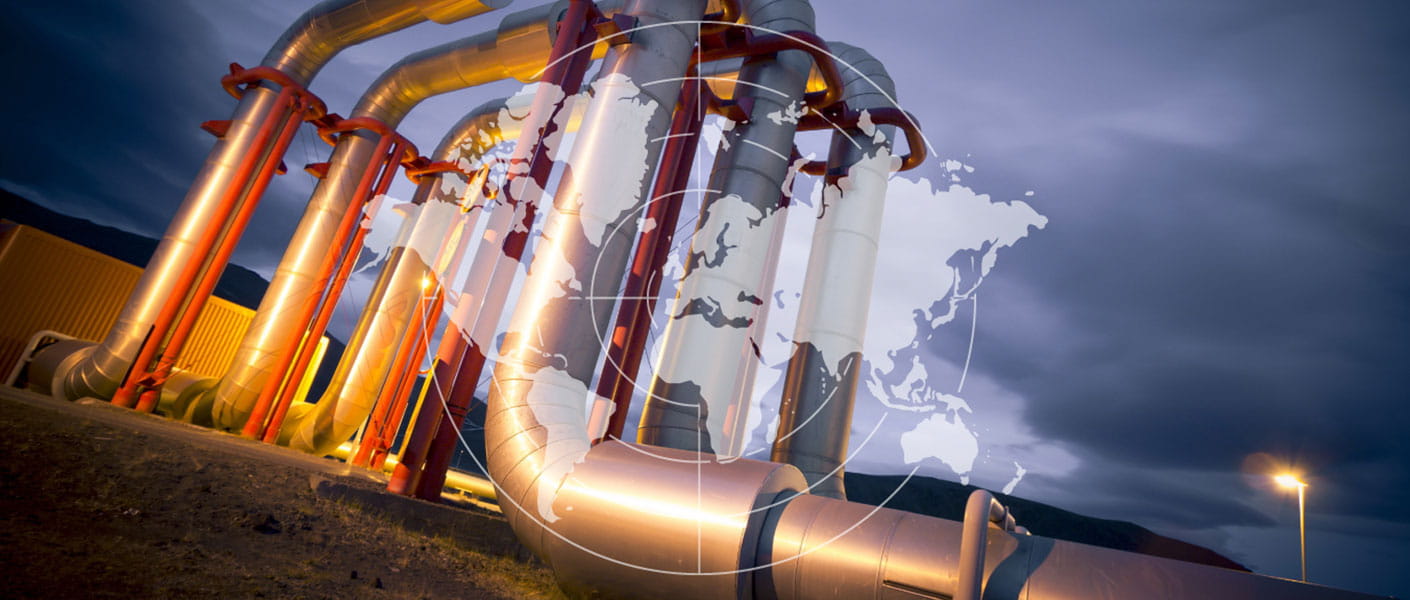Two years ago the UN adopted a set of Sustainable Development Goals (known as SDGs), as part of their Agenda for Sustainable Development by 2030. These goals are intended to be the world’s collaborative plan of action toward achieving social inclusion, environmental sustainability and economic development. The 17 goals address a wide-range of topics, ranging from poverty to sustainable cities and economic growth.
The International Petroleum Industry Environmental Conservation Association launched an Atlas which is intended to initiate and promote discussions on ways in which companies in the oil and gas industry can work toward achieving the SDGs.
The Atlas looked at each of the 17 goals and mapped out ways in which they are linked to businesses that operate in this sector. It also points out that there is a strong business case for taking action on the SDGs, as it can allow companies to achieve greater efficiencies, cost savings and competitiveness, and enhance their social licence to operate.
Through our work with clients we touch on most of the goals in a variety of ways, and we recently published an article which discusses this. However in this article, I’d like to specifically focus on goal number seven: ‘Affordable and Clean Energy’. There are many areas in which we work that address this goal. Below discusses four of these.
1. Transitioning from oil and coal to natural gas
It's widely recognised that gas is considered to be a cleaner fuel than oil or coal due to its lower GHG emissions. In many areas, it also has lower sulphur and NOX emissions – particularly here in Australia where we have low-sulphur gas fields. We work with many of our clients to either develop new gas discoveries or to design modifications to existing facilities to increase their capacity and allow in-fill drilling to maximise recovery from existing fields. As an example, our Melbourne-based team have worked with a multi-national resources company to develop a new gas conditioning plant. This development will supply 1.6 TCF of gas to eastern Australia, which is enough energy to power a city of a million people for 35 years. In order to achieve this, the new facilities had to remove some of the impurities that come with the natural gas, to ensure the gas can be safely transported and used by consumers.
2. Minimising flaring of gas
Crude oil often contains a high proportion of associated gas that is produced concurrently with the oil. Traditionally in days gone past, if an oil discovery was too remote from infrastructure (for example up in the Timor Sea to the north of Australia), the field would be developed without any facilities for processing or capturing the gas, and it would be flared and therefore continuously wasted for the life of the field.
This was because the cost of the compression and pipeline to take the gas to market was prohibitive. In more recent times, companies are factoring in the additional costs associated with capturing the gas into the project economics, and will consider options such as re-injection back into the reservoir. This allows the gas to be stored until it becomes economic to produce it at a later stage.
3. Energy efficiency
By improving energy efficiency we are able to reduce the amount of oil and gas which is consumed overall to achieve the same outcome. This in turn means that emissions are reduced. Recently, Advisian completed an energy study for the Australian government. This looked into energy usage across all of industry in Australia including hydrocarbons, power generation, water, rail transport and mineral processing. We highlighted options for improvement of energy efficiency, and areas where the government can potentially assist companies to improve the economic outcomes of these projects.
4. Use of alternative forms of energy
Many oil and gas companies are considering options to diversify their assets and invest in alternative forms of energy, alongside their traditional assets. Sometimes this is driven by cost. With the recent spike in gas and electricity prices in Australia, Advisian has been approached by a number of clients who want to look at ways to rein in increasing energy bills. These companies are looking at options to invest in renewable energy generation ‘behind the meter’, which effectively allows them to have the option of generating their own power to displace traditional fuels such as diesel and electricity generated from coal. This is particularly relevant at remote sites where fuel transport costs are high, and there is no access to the electricity grid, and there is often significant land available for solar or wind resources to be developed.
The potential to contribute is enormous
There is enormous potential for the oil and gas industry to contribute to the UN’s set of Sustainable Development Goals between now and 2030, particularly in the area of clean and affordable energy. The specific focus areas and options will be different for each company, and we are looking forward to continuing to collaborate with our oil and gas clients to identify their own unique approach to improving sustainability in the industry.
For more, see Sustainable development in oil and gas


